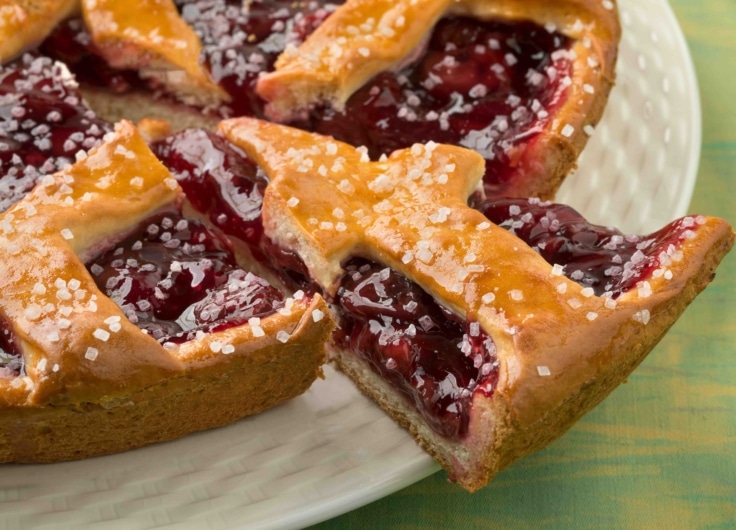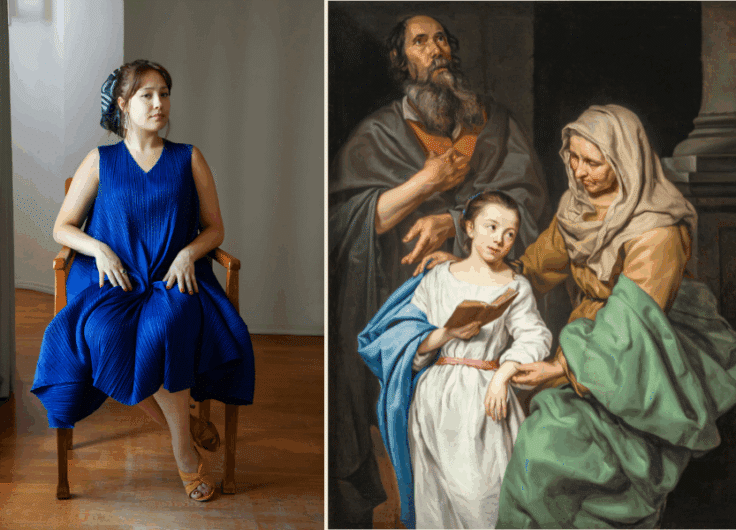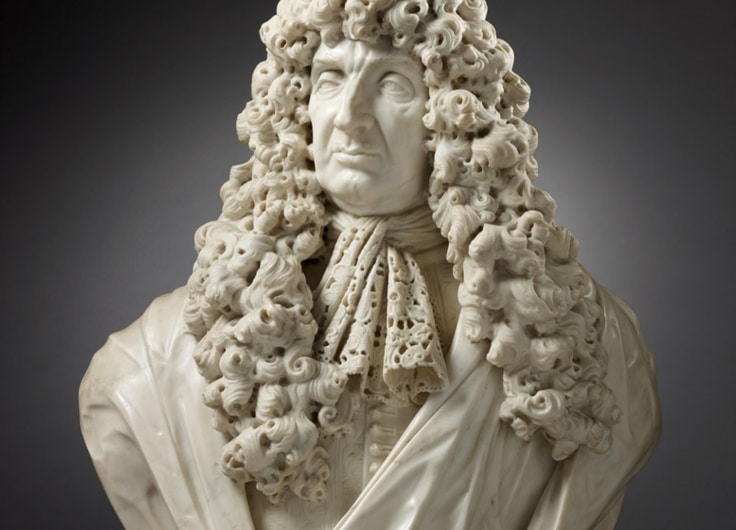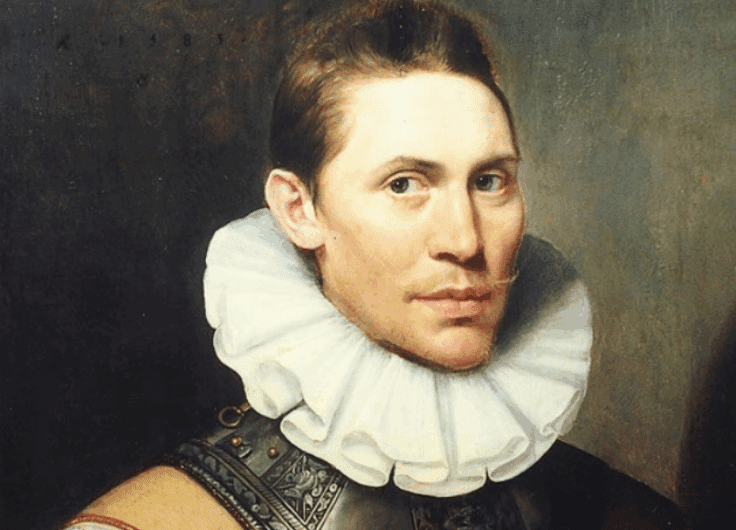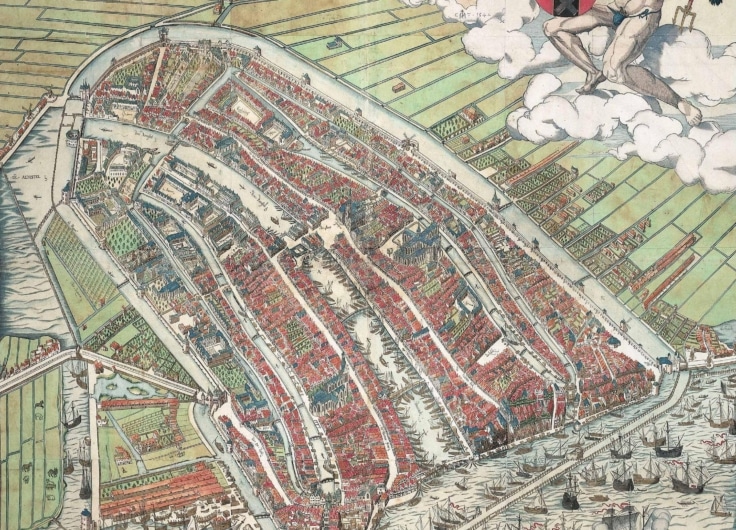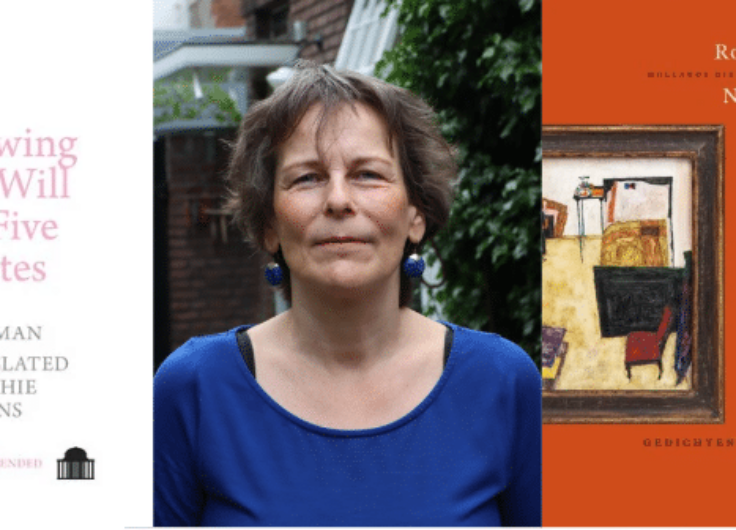The Top 5 Literature Stories of the Year
1. What to Do with Offensive Books?
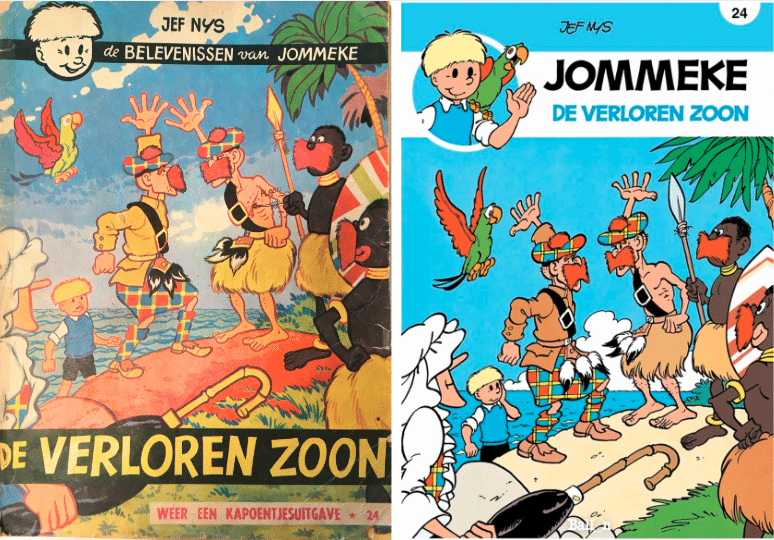
The judgment ‘offensive’ is inextricably intertwined with time and culture. Nevertheless, it doesn’t follow that we should keep our hands off old texts, especially when it comes to children’s books.
As the provocative exhibition ‘Offensive Books?’ at the House of the Book in The Hague showed, the written word is the ideal tool for planting pernicious ideologies in young minds.
read more
2. A Love-Hate Relationship With Dutch Children's Books
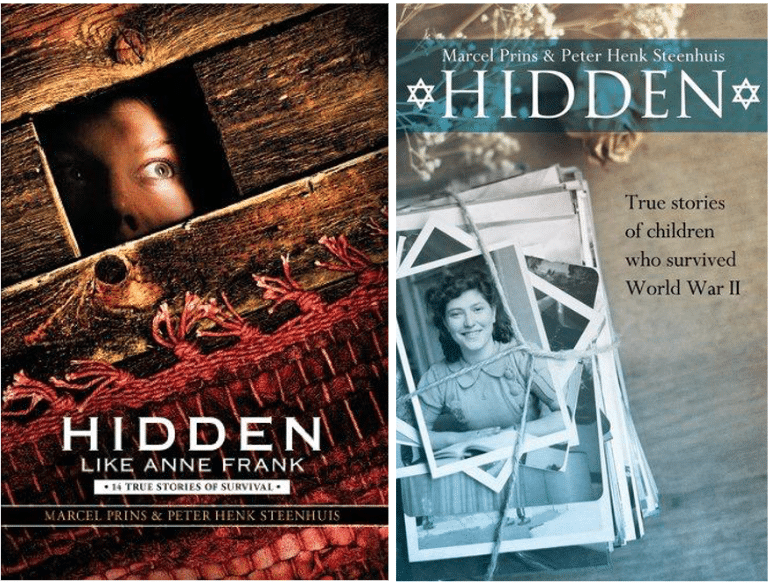
Dutch-language children’s books are doing well abroad. But when they deal with taboos, some books are too unconventional for the anglophone market.
Research by Lucelle Pardoe shows that especially Dutch publishers encounter these problems, because they target large countries such as the USA and the UK. Flemish publishers do find a market for children’s books without compromising, because they aim at other countries.
read more
3. Multatuli in the Age of Decolonisation and #MeToo
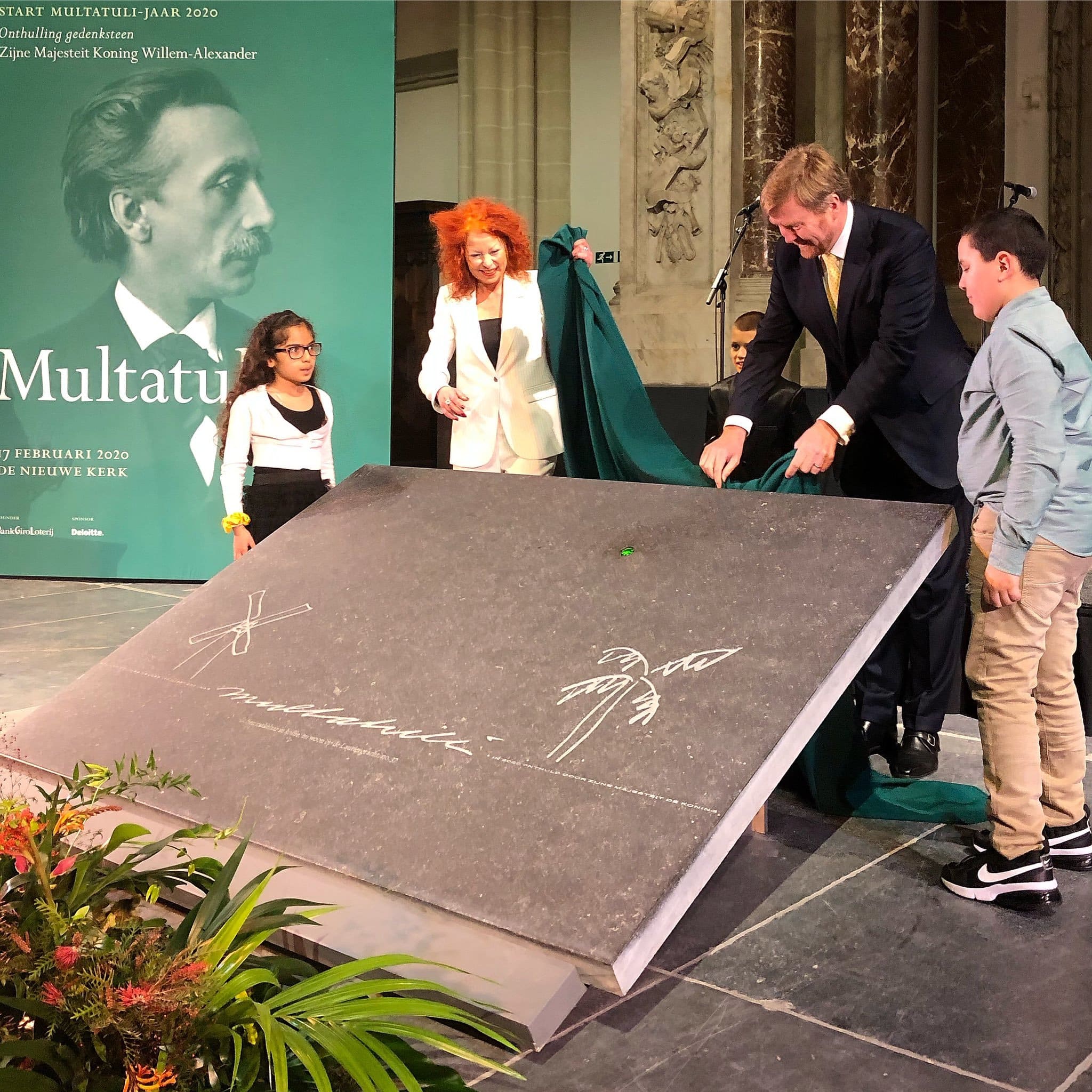
© Twitter / Arthur Japin
Multatuli was born two hundred years ago. Now that he is once again in the limelight, criticism of his ideas also resounds. Was the Dutch writer really such an anti-colonial rebel? And what about his preference for young girls?
Elsbeth Etty, president of the Multatuli Society, gives clear answers.
read more
4. My First Murder
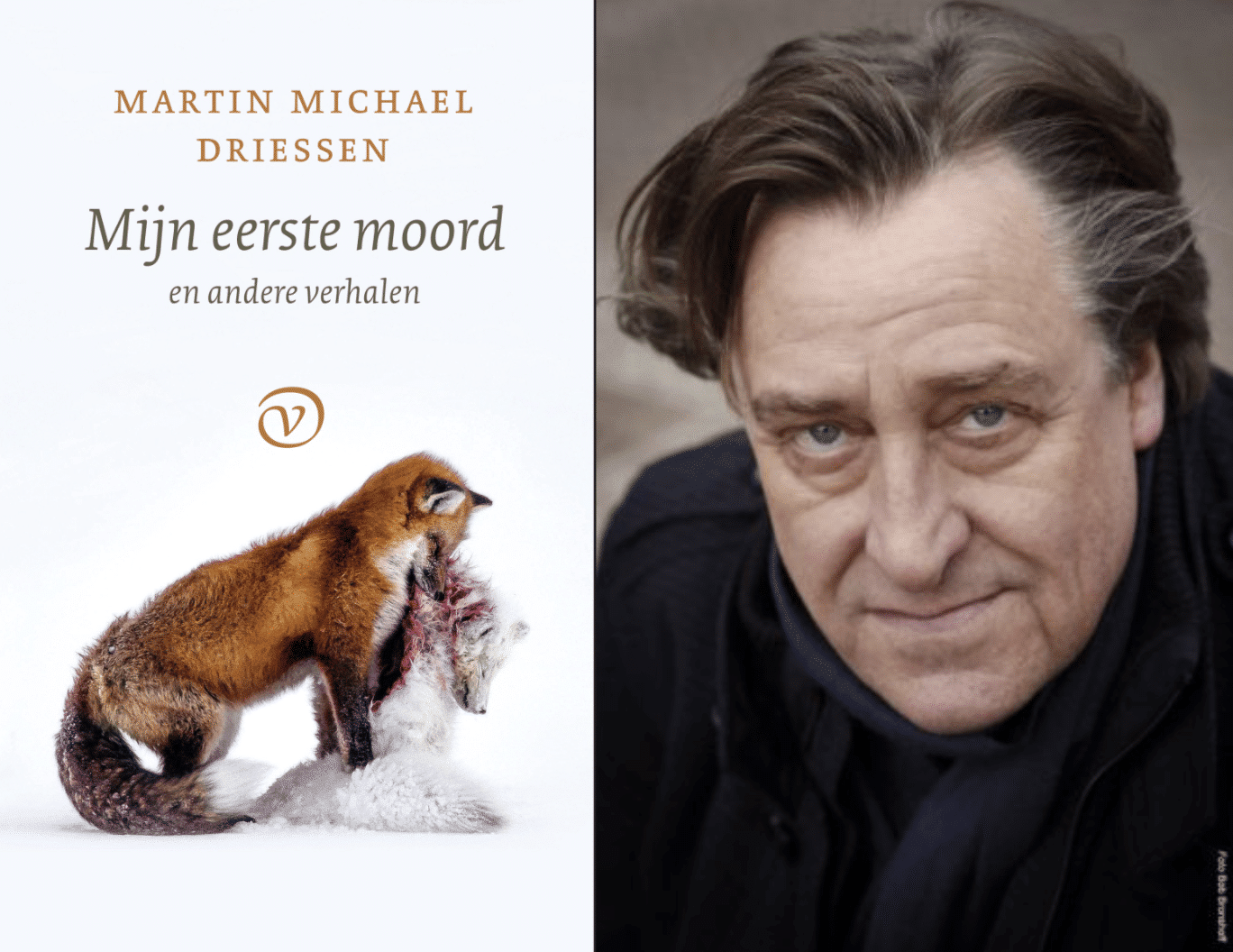
© Bob Bronshoff
Former opera and theatre director Martin Michael Driessen is an acclaimed writer. His novels Rivers and The Pelican were translated into English by Jonathan Reeder.
The American-born Reeder also translated Driessen’s story My First Murder from the collection of short stories of the same name. You could read it on the low countries for the first time in English, with an introduction by Reeder himself.
read more
5. Old Work, Young Writers
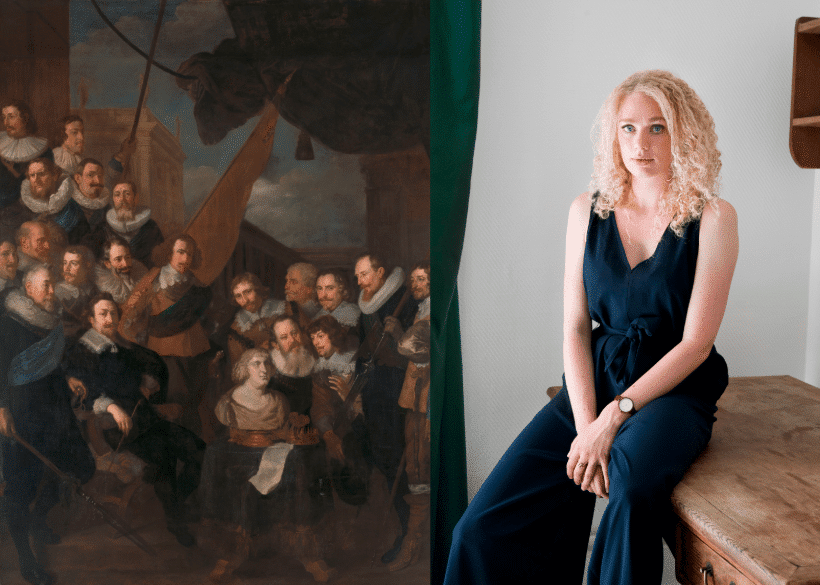
© Rijksmuseum, Amsterdam / © Marianne Hommersom
At the request of the Flemish-Dutch House deBuren eighteen young Flemish and Dutch authors each brought a painting from the Rijksmuseum back to life.
They wrote a new text about an old work from the Gallery of Honour, based on one key question: what do you see when you look at these paintings through gender glasses?
read more


